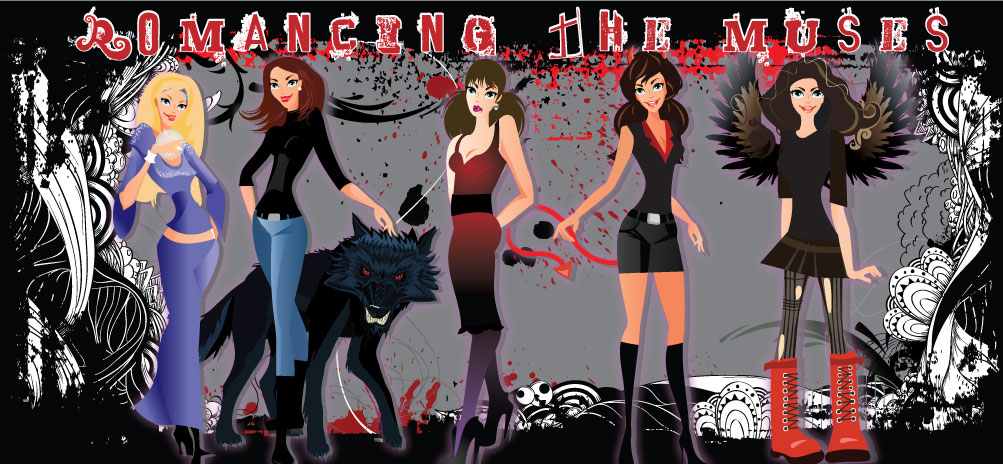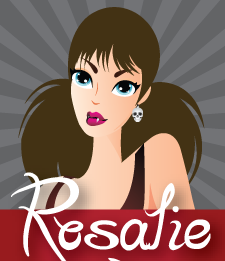One of the questions I’ve found most repeated among authors is the standard, “What annoys you most as an editor?” I’m sure some editors keep a catalogue of actions, expressions, tropes, words, and so on that make them grit their teeth and fantasize about strangling the author through the computer. I find with most of the manuscripts that land on my desk, the majority of the issues are repeated throughout.
Why? Because authors have their favorite ways of expressing their characters’ actions. One of my editors pointed out that my characters routinely smirk and shrug. And they do. I always see my characters shrugging or smirking or even at times doing both. Therefore, I know to look out for these things when going back through it. But I’m not perfect (though I often boast otherwise), and since it is my work, there’s no way I’m going to catch all of my own boo-boos. So I’ll send my manuscript to two or three crit partners and maybe one casual reader to gage their reactions.
Does this mean the manuscript is perfect when I submit? Heck. No. I don’t even expect the manuscript to be without the occasional typo when it’s officially published. No one is above the typo. Not me, not you, not Stephen King, not the bible, nothing.
But this does bring me to my major pet-peeve as an editor: authors who submit without doing at least one of the following:
1) Rereading their manuscript. After you type “the end,” close the program and let the document sit for 24-48 hours, preferably longer. Go do something to take your mind off it. Have your S.O. take you to dinner to celebrate finishing a project at all. Go for a hike. Read a book. Watch a movie. Buy yourself a present. Just don’t look at the manuscript. After you actively avoid looking at the manuscript for a period of time, read it carefully from start to finish. Do this at least once.
2) Send it to someone who doesn’t think the sun shines out of your ass and have them read it.
A completed manuscript is just the first step. It’s what we call a “rough draft.” Do more than one draft. Make sure you leave nothing dangling, and if you do, you have a good reason. Make sure the characters’ eyes don’t change colors unless they’re supposed to change colors. Make sure that a drink a character was holding in the beginning of the scene didn’t disappear midway through. Read, absorb, and understand each word, identify your weaknesses and ask others for help.
Most importantly: work with your editor. We’re not perfect. You’re not going to write the flawless novel, and your editor isn’t going to necessarily catch every little thing. The editing process is a give-and-take relationship. It’s not an editor’s job to fix something, rather improve. It’s not an editor’s job to rewrite, but help you rewrite. It’s not an editor’s job to make you feel good, but identify as many of your manuscript’s warts before it becomes available to the public.
2) Send it to someone who doesn’t think the sun shines out of your ass and have them read it.
A completed manuscript is just the first step. It’s what we call a “rough draft.” Do more than one draft. Make sure you leave nothing dangling, and if you do, you have a good reason. Make sure the characters’ eyes don’t change colors unless they’re supposed to change colors. Make sure that a drink a character was holding in the beginning of the scene didn’t disappear midway through. Read, absorb, and understand each word, identify your weaknesses and ask others for help.
Most importantly: work with your editor. We’re not perfect. You’re not going to write the flawless novel, and your editor isn’t going to necessarily catch every little thing. The editing process is a give-and-take relationship. It’s not an editor’s job to fix something, rather improve. It’s not an editor’s job to rewrite, but help you rewrite. It’s not an editor’s job to make you feel good, but identify as many of your manuscript’s warts before it becomes available to the public.
Update on Upcoming Releases
1 year ago









